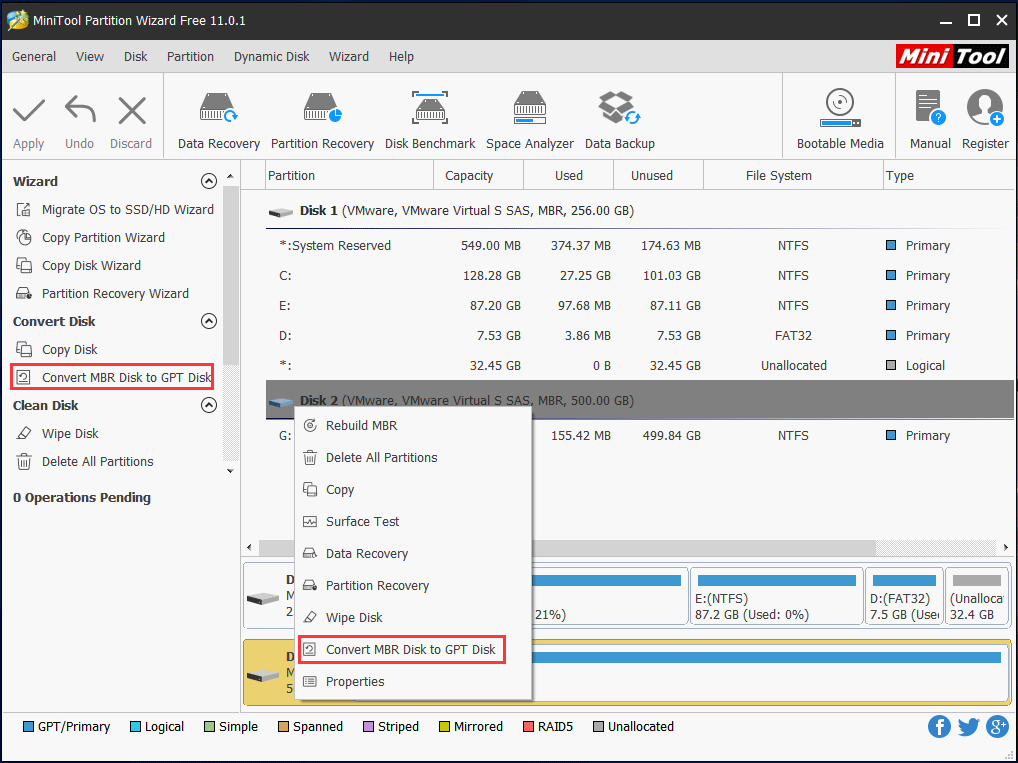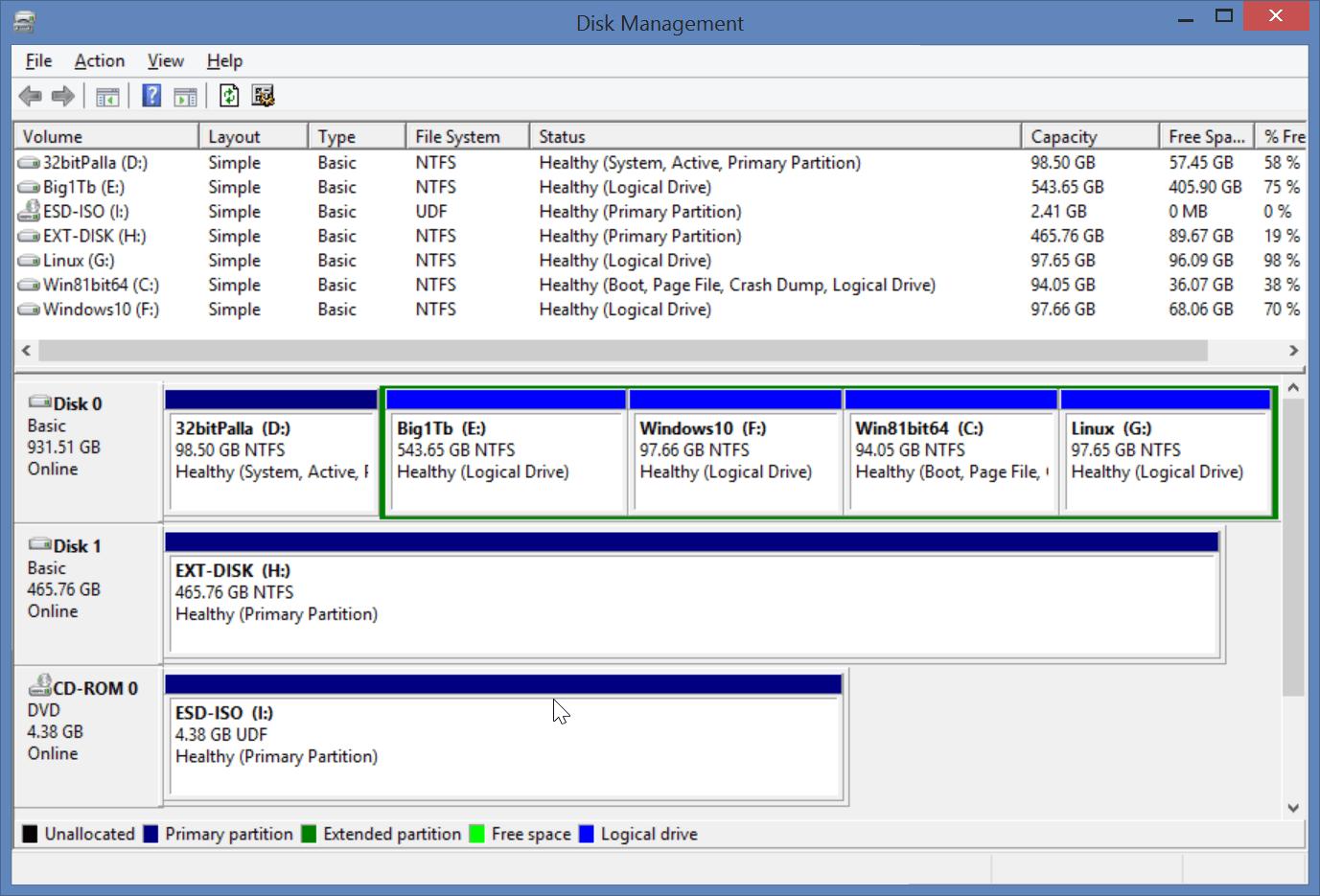
The disks and volumes on your computer can now also be managed through the Settings application.

This console has a variety of management settings. Using the legacy Disk Management console, users can modify the drive letters, format a volume or an entire disk, change the size of a volume, or convert its format. Click on Disk Management in the left pane. Right-click on This PC and then click Manage from the Context Menu.Right-click the Start Menu icon and then select Disk Management.The legacy Disk Management utility can still be accessed in multiple ways, and some of the quick methods are listed below: It has aided users to manage their entire disks, their formats, partitions, and volumes.

The old Disk Management utility has been around for some time (since Windows XP) and has proven to be quite useful. Let us see what the new volume and disk management settings have to offer.


 0 kommentar(er)
0 kommentar(er)
